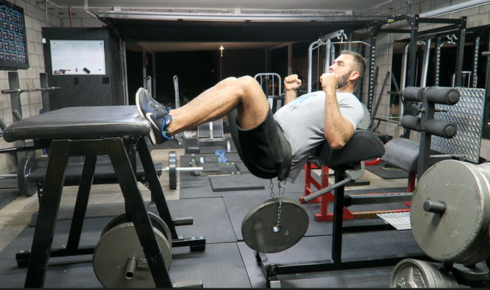
Consistency is a strong predictor of long-term progress in strength training, but it depends on recovery. When programs outpace a lifter’s recovery capacity, plateaus, chronic fatigue and injury risk rise. Experts like personal trainer Bret Contreras emphasize recovery-aware program design to support adherence and steady gains. Insufficient recovery can disrupt adaptation, blunt neuromuscular performance and increase the risk of nonfunctional overreaching.
Recovery-friendly training is not easy training. It is the deliberate calibration of load, volume and intensity so progress occurs without sacrificing tissue tolerance, energy or enjoyment. When people can train well, often and pain-free, cumulative adaptations compound.
The role of recovery in training outcomes
Recovery is when muscles remodel, the nervous system resets and fitness is built. When recovery lags, force production and coordination suffer, and intended strength or hypertrophy outcomes are undermined. Organizing training so today’s work sets up tomorrow’s session increases the number of quality exposures over time—a key driver of progress.
Load management and weekly structure
Regulating weekly stress—alternating harder, moderate and easier days—helps accumulate productive volume while controlling fatigue. Rather than maximal efforts every session, structured fluctuations protect movement quality and reduce systemic stress. This approach also supports psychological resilience by preventing burnout and giving each session a clear purpose.
Professionals like Bret Contreras underscore that feeling strong and moving well—not constant exhaustion—is a better long-term compass for progress.
Exercise selection and joint stress
Choosing lifts that deliver muscular stimulus with tolerable joint loading is central to sustainable programming. For example, hip-dominant options such as barbell hip thrusts emphasize glute extension with comparatively lower axial spinal loading than heavy vertical patterns, while split squats and step-ups build unilateral strength with less external load than bilateral max efforts. Rotating implements (dumbbells, cables, bands, body weight) spreads stress across tissues and reduces repetitive strain.
Volume and frequency
Training volume should match a lifter’s capacity to recover. Excess volume at high intensities slows progress and elevates fatigue. Many lifters benefit from moderate, repeatable volumes distributed across the week, emphasizing high-quality sets rather than marathon sessions. Spreading work helps maintain technique, manage soreness and reinforce skill.
Active recovery
Low-impact movement, mobility work and light strength or activation sessions can promote blood flow and maintain rhythm without adding heavy fatigue. These sessions are useful when life stress is high or soreness lingers, helping preserve quality in harder workouts later in the week.
Managing fatigue with tempo and intensity
Tempo is a practical lever: slower eccentrics and deliberate repetitions raise time under tension and mechanical stimulus without maximal loads. Stopping sets one to two reps shy of failure typically curbs neuromuscular fatigue while preserving training effect. Programs that prioritize technical execution over exhaustion tend to be more consistent and lower risk.
Monitoring progress without burnout
Watch for warning signs that fatigue is outpacing recovery: persistent performance dips, lingering soreness, poor sleep, elevated resting heart rate or low motivation. Adjust load, exercise selection or weekly volume, insert a deload, or shift emphasis to quality and skill until readiness improves.
Customization
Recovery capacity varies with training age, sleep, nutrition, stress and health. Start with sound guidelines, then individualize based on response. Some athletes thrive on higher frequency and moderate loading; others need more rest days or simpler movement menus. Programming that respects these differences yields better results and fewer setbacks.
Training longevity and adherence
The best program is the one you can follow for months and years. Recovery-friendly training protects joints, reduces injury risk and keeps lifters engaged, turning training into a durable practice rather than a short, intense sprint.
Balance, structure and patience drive sustainable progress. By managing load, selecting joint-friendly exercises, using tempo strategically and watching fatigue markers, lifters can stack quality sessions week after week. Programs that respect recovery enable the consistency that ultimately produces real, measurable gains.


